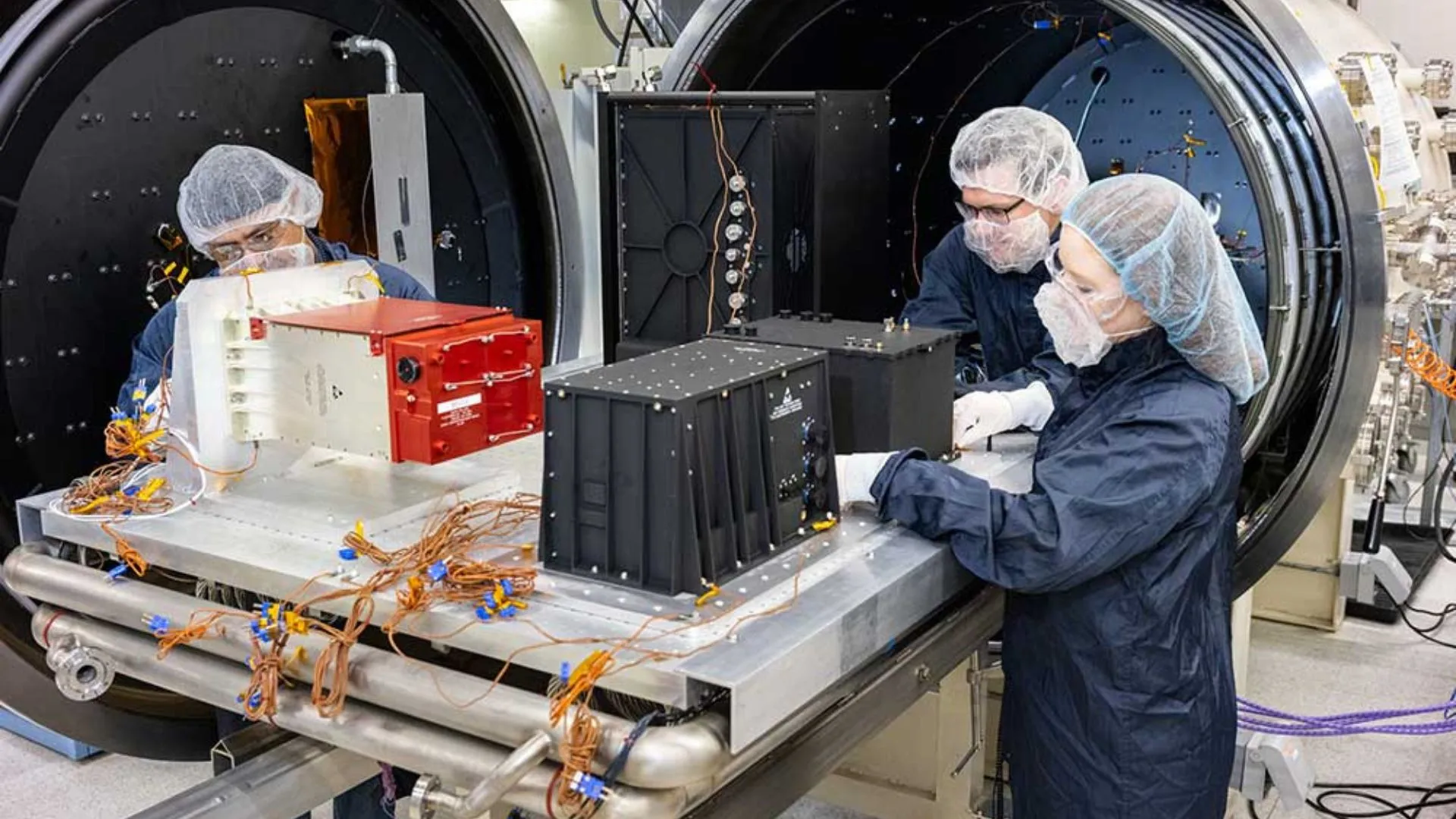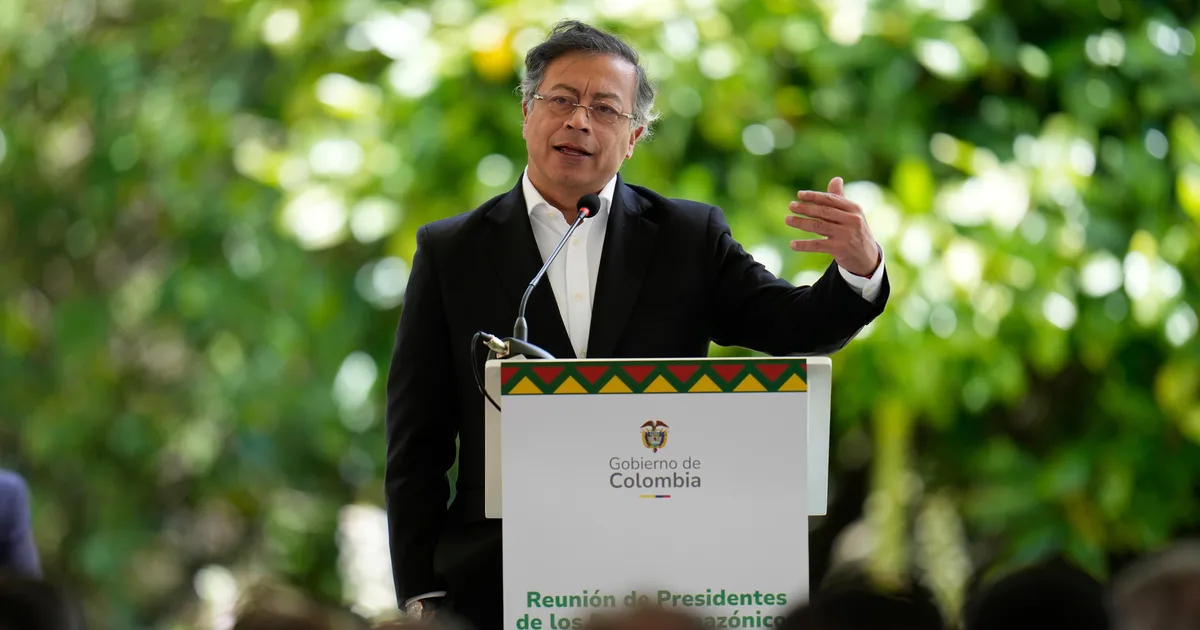
The United States has quietly completed deployment of its latest series of space-based nuclear detection systems and is preparing to field an even more advanced generation of sensors, officials said on September 22.
The Global Burst Detection system, a set of specialized payloads hosted on US GPS satellites, has been monitoring the planet for signs of nuclear detonations for over 60 years.
Such sensors can identify electromagnetic pulses, X-rays, and optical flashes from nuclear explosions anywhere on Earth, allowing the US to determine a detonation’s time, location, and yield in real time.
US nuclear detonation detection system
The final detector in the current block, known as the IIIA series, launched from Cape Canaveral in May aboard a GPS satellite.
Sandia National Laboratories and Los Alamos National Laboratory jointly designed and produced the system’s five subsystems, said calibration and early on-orbit testing concluded successfully in June.
“The launch of the final IIIA series Global Burst Detector marks an important milestone in our efforts to enhance nuclear detection capabilities,” said Andrew Stuart, a manager at Sandia.
“Collaboration between Sandia National Laboratories and Los Alamos National Laboratory has been key to developing this advanced system, which will significantly contribute to our national security by improving our ability to detect nuclear detonations from space.”
Marc Kippen, program manager for space systems and science at Los Alamos, called the launch “a testament to the decades of effort it takes to maintain uninterrupted national security space capability.”
The Global Burst Detection system forms part of the US Nuclear Detonation Detection System, a network of satellites, ground stations, and sensors overseen by the Department of Energy’s National Nuclear Security Administration and operated by the US Space Force.
By riding on GPS satellites, the sensors provide global coverage without the need for dedicated spacecraft.
With the IIIA series complete, engineers are turning to the next generation of detectors, known as the IIIF series, scheduled to begin launching in 2027.
Several flight units have already been delivered to Lockheed Martin for integration with upcoming GPS satellites.
Spectral imaging geolocation hyper-temporal sensor
A centerpiece of the IIIF system is a new instrument called the Spectral Imaging Geolocation Hyper-Temporal Sensor, or SIGHTS, which traces its roots to basic research at Sandia more than a decade ago.
The optical sensor can record tens of thousands of frames per second at megapixel resolution, enabling faster identification of legitimate nuclear signatures and reducing false positives.
Sandia said the IIIF detectors will incorporate improved electronics, more robust materials, and advanced mission-assurance processes to ensure 15-plus years of reliable performance in orbit.
Officials said the ongoing work underscores the quiet but enduring nature of America’s nuclear monitoring mission.
“This program exemplifies how national laboratories and industry partners can deliver cutting-edge capabilities while preserving an uninterrupted security posture,” Kippen said.
The National Nuclear Security Administration funds the sensors, which undergo rigorous shock, vibration, thermal vacuum, and prompt X-ray testing to survive launch and the harsh space environment.



